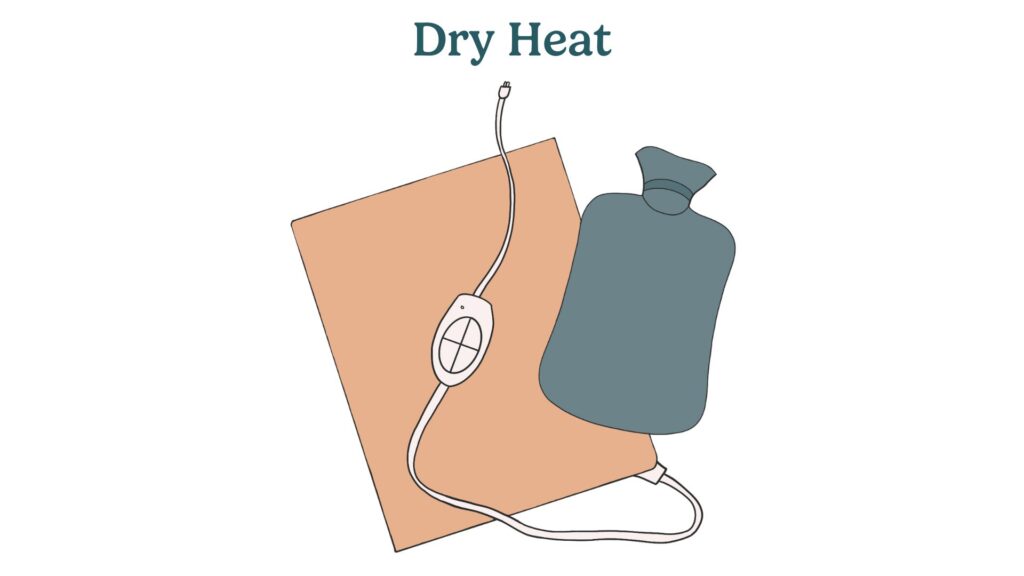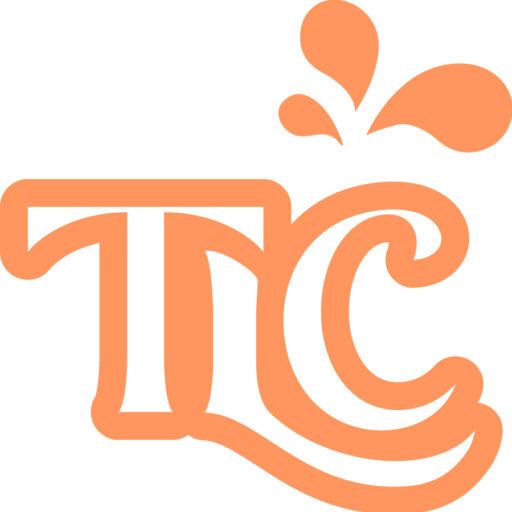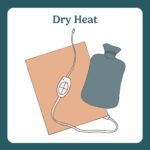dry heat

Dry heat and cold compresses in breastfeeding
Dry heat refers to the use of high temperatures without moisture to perform various functions, such as therapeutic treatments. For breastfeeding, dry heat can be used to help with certain challenges, such as relieving breast pain.
However, recent updates from the Academy of Breastfeeding Medicine (ABM) provide new guidelines on when to use cold compresses instead of heat. These updates reflect the latest ABM guidelines, emphasizing the use of cold compresses over dry heat for certain breastfeeding issues. For more information, refer to the ABM Protocol #36.
How dry heat functions in breastfeeding
Dry heat can be applied using heating pads, warm compresses, or even heated gel packs. It helps by increasing blood flow to the affected area, relaxing muscles, and alleviating pain. For breastfeeding mamas, dry heat can be particularly beneficial for soothing general breast discomfort.
What to watch out for
While dry heat can be helpful, it’s important to use it correctly and be aware of potential issues:
- Overheating: Avoid using heat that is too hot, as it can cause burns or skin irritation. Always test the temperature of the heat source before applying it to your skin.
- Duration: Limit the application of dry heat to 15-20 minutes at a time to prevent skin damage.
- Frequency: Use dry heat as needed, but don’t overuse it. If you find yourself needing it frequently, consult with a healthcare provider to address the underlying issue.
Physical limitations or health circumstances
Certain conditions might affect the use of dry heat:
- Skin sensitivity: If you have sensitive skin or a condition like eczema, be cautious with dry heat to avoid irritation or exacerbation of the condition.
- Infections: If you have an infection like mastitis, dry heat is no longer recommended. Instead, focus on other methods such as cold compresses, taking pain relievers like Tylenol or Ibuprofen, and consulting with a healthcare provider for appropriate care.
Cold compresses
For certain breastfeeding challenges, cold compresses are now recommended over dry heat. Cold therapy can help reduce inflammation, numb pain, and provide relief from swelling.
Specific conditions
- Engorgement: This occurs when your breasts become overly full of milk or fluid, causing them to feel hard and painful. The updated recommendations no longer advise using heat for managing engorgement. Instead, focus on other methods such as cold compresses and hand expression. Learn more about engorgement.
- Blocked ducts: Milk ducts can become blocked, leading to localized pain and a firm lump in the breast. The updated recommendations no longer advise using heat for managing blocked ducts. Instead, focus on other methods such as cold compresses and gentle massage. Learn more about blocked ducts.
- Mastitis: An infection of the breast tissue that results in breast pain, swelling, warmth, and redness. The updated recommendations no longer advise using heat for managing mastitis. Instead, focus on other methods such as cold compresses, taking pain relievers like Tylenol or Ibuprofen, and consulting with a healthcare provider for appropriate care. Learn more about mastitis.
Other terms
- Warm compress: A cloth or pad heated and applied to the body to relieve pain and increase blood flow. Use with caution and follow updated guidelines for specific conditions.


